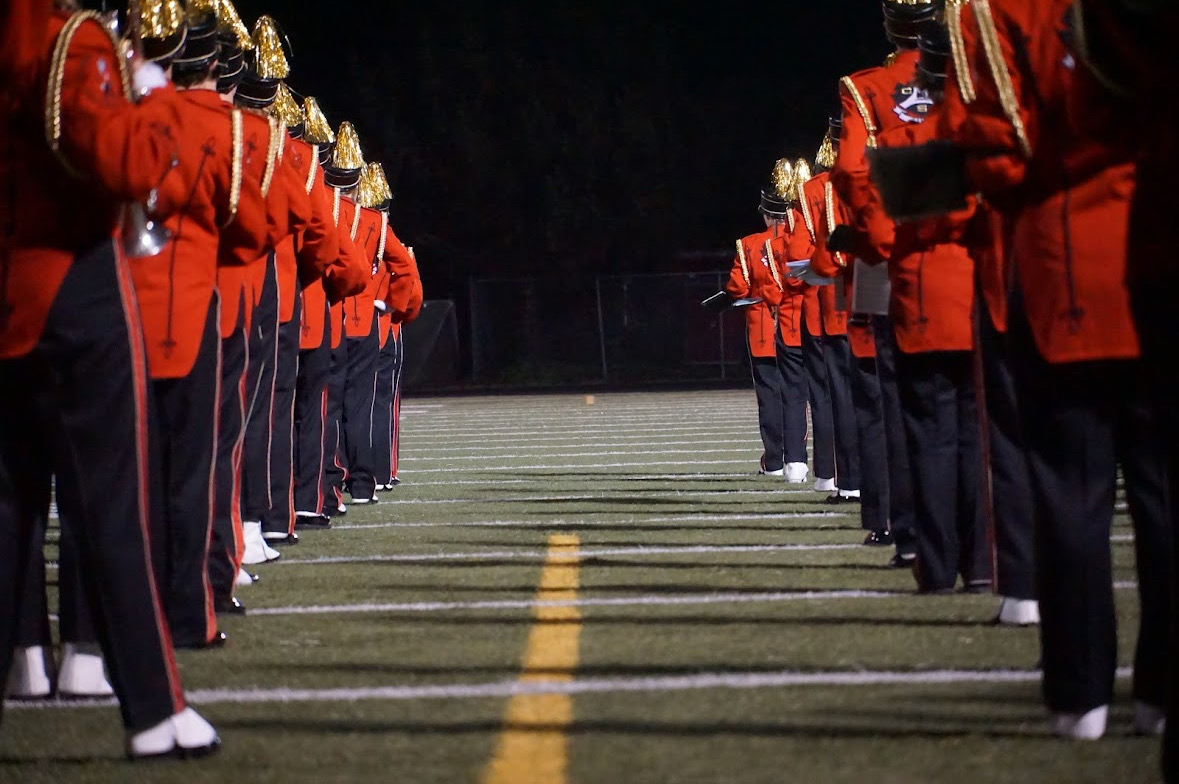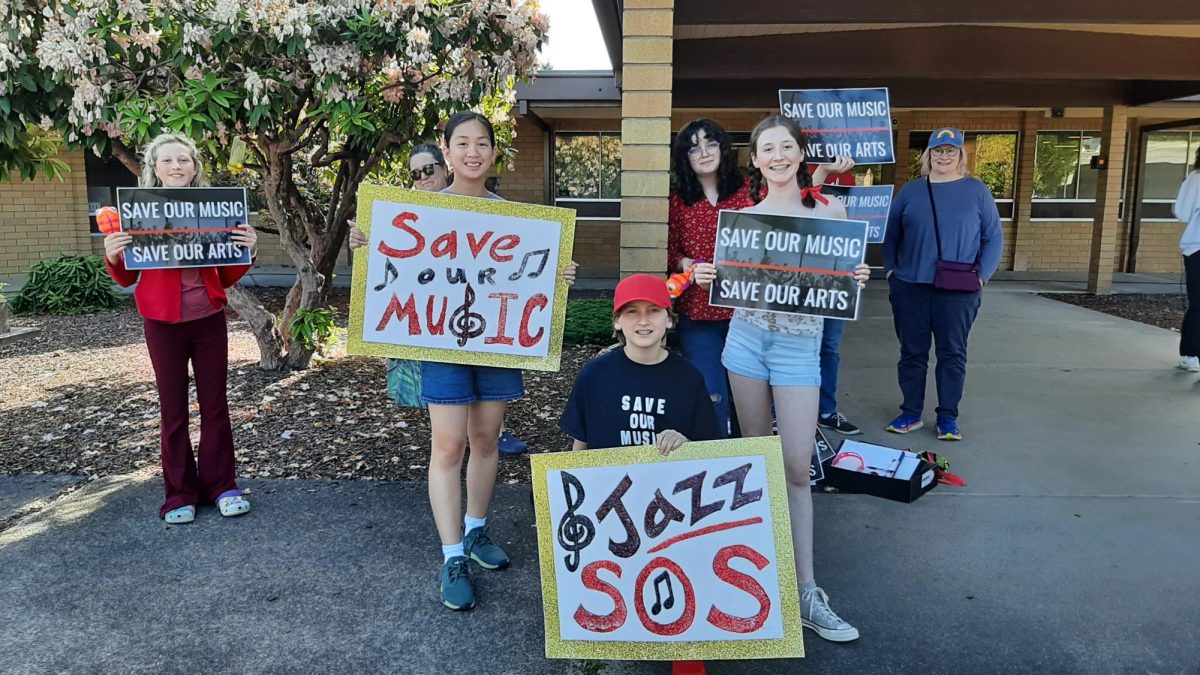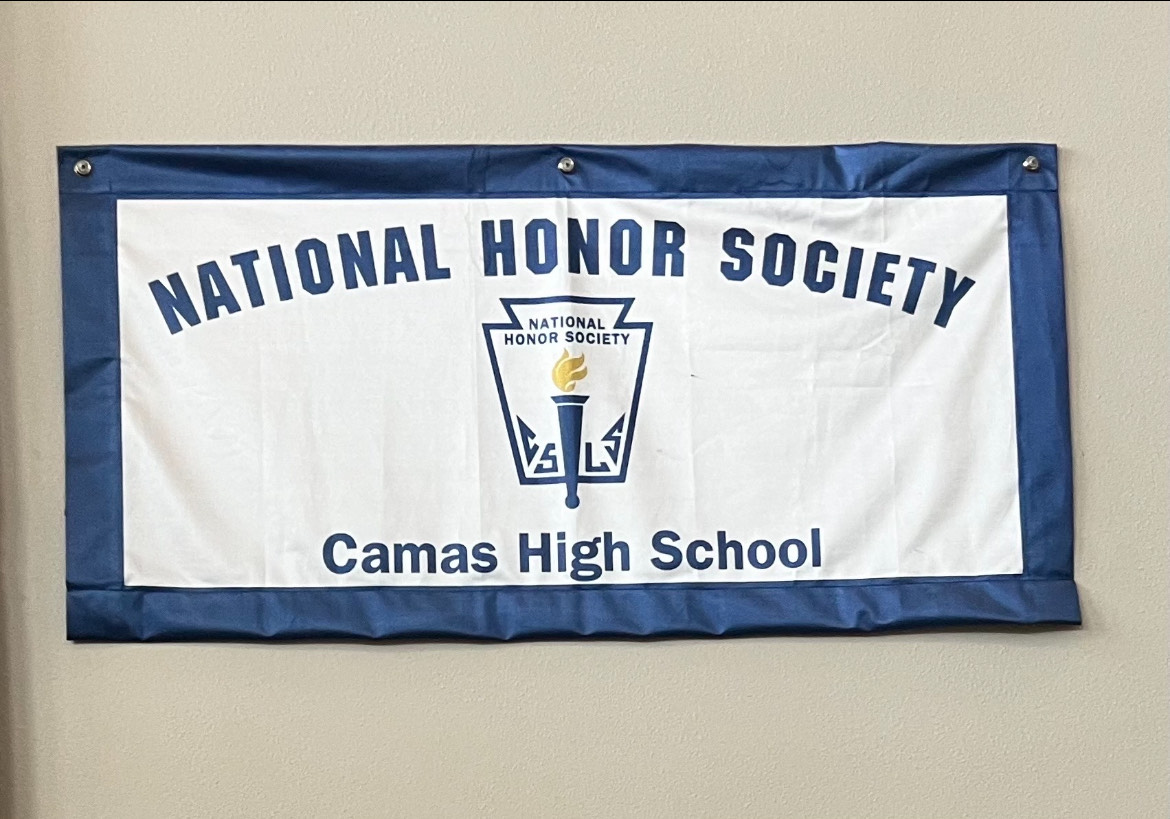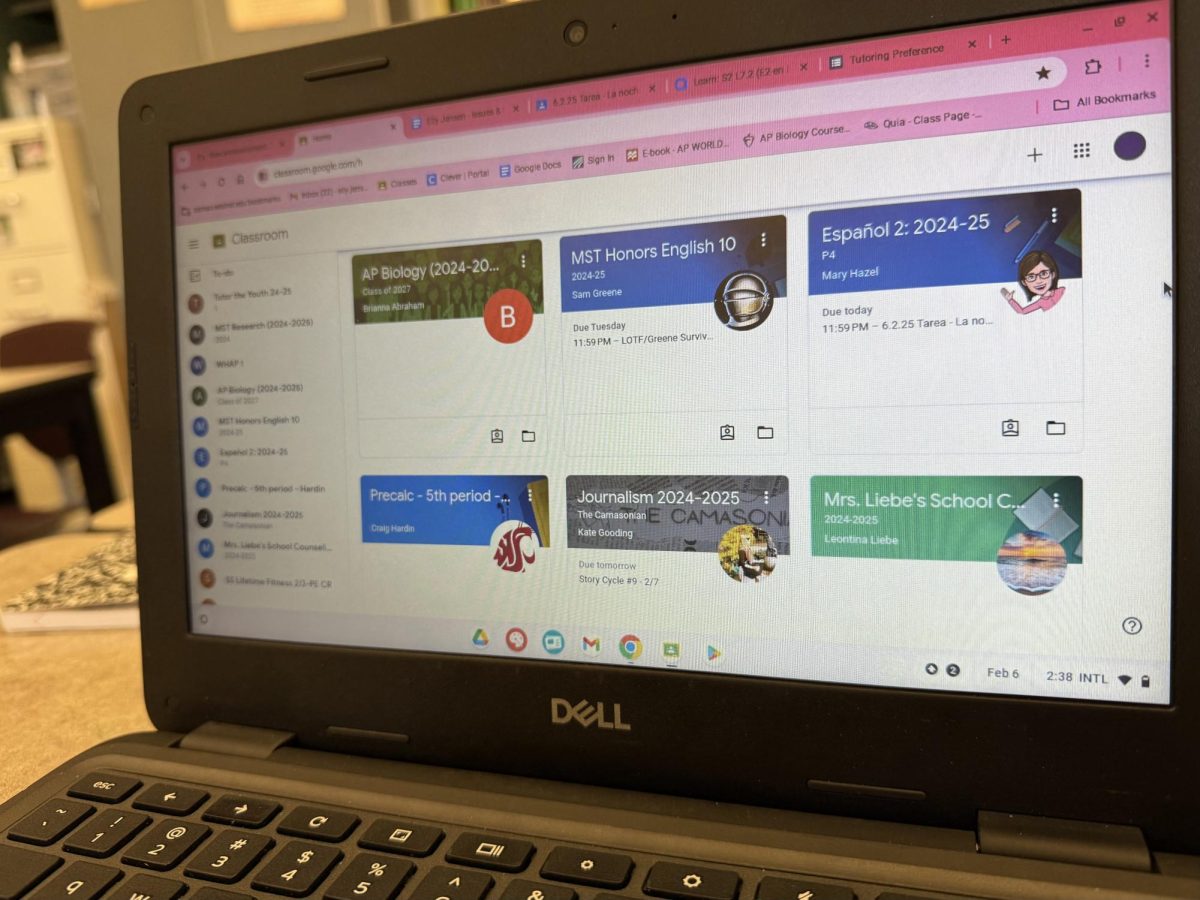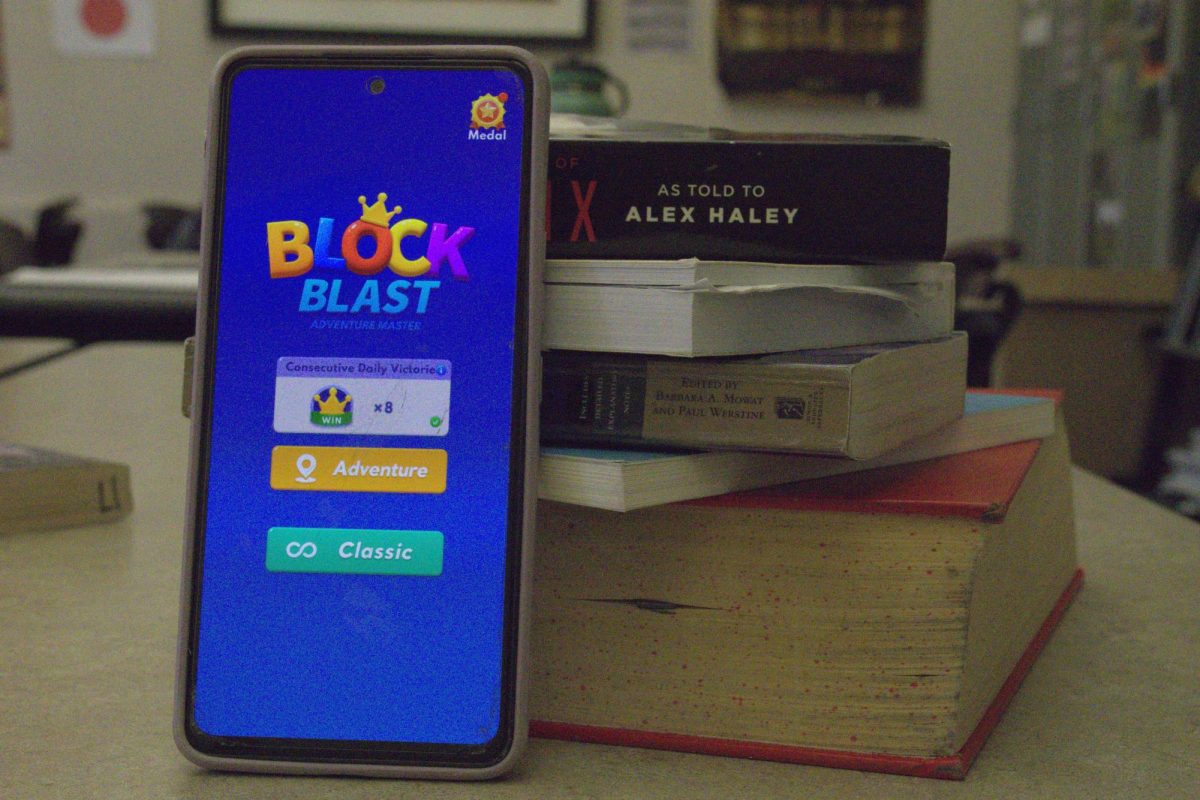A 30 person set of faces observes a YouTube video playing at the front of class. This is something that, even just 15 years ago, would have been out of place. But today film and video in class is prevalent across multiple different subjects and teachers. Film and video provides a unique approach to educating students: one that carries both pros and cons.
Teachers might choose to show a film for many reasons. Alixandra Coker, a high school biology and forensics teacher, mentions that she looks for ”how well it aligns with what we’re doing– and I know in science, different people use different language: so if the language that’s being used is similar to what we use, that’s usually how I choose those. If they use terminology that’s different it gets way too confusing.” For History teacher Jeffrey Macke, it can be “something that really captures the visuals of the event, to let the kids get a visual and more conceptual look to wrap their heads around the whole thing. Shorter ones I look to strictly more informative, to get some dense content out, that they can put in better words than I can.” The explanation of topics is something which the audiovisual nature of videos lends itself well to. As well as this, Macke mentions the power of “anything that can put a human face to what we’re talking about — so that students can connect more to the concepts.” Films are particularly useful in this regard, driving home a more human connection to historical topics. The specific example Macke provided was in the case of World War II documentaries.

These positives do not exist alone however. A large issue that faces videos or films in class is the exhaustion that is often associated with them. Jordan Smith, a graduating senior at CHS, mentioned regarding falling asleep during films: “Fall asleep in class during videos? Yeah, especially with the lights off. I mean you kind of have to do that (turn off the lights) to see what’s on the screen. Yeah.” Jonathan Lightfoot states regarding the issue: “I have not [fallen asleep], but I’ve wanted to.” Macke confirmed that students have fallen asleep during some of the more dense historical documentaries. Furthermore, students can become distracted during films, either by phones or other objects.
To combat these issues, teachers often assign question sheets: something which Coker and Macke both confirmed doing. However, if the outpour of groans that can occur when these sheets are mentioned is anything to go by, they are not always well received. While for some the answer sheets are effective, others, like Lightfoot, point out flaws in the system: When asked whether they were effective, Lightfoot stated: “Not really, ‘cause I’ll just check answers with other people afterwards…” For many that attitude is reflected through a general unhappiness with having to fill one out. Nonetheless there have not been any great solutions to the problem of attention, and from a teacher’s perspective they appear to be effective enough at their goal.
Beyond their own decisions on the matter, teachers also have a mandated set of films which are approved for viewing in class. Much of the shorter material does not have to be approved, but feature films often have to be. The responsibility for that falls to the school board, as well as individual departments within the school. Each has a list of approved materials that can be shown in class. For example, the biology curriculum has GATTACA, a dystopian film set in a future built on genetics and the “perfect man”. The connection to the curriculum is certainly present with the film, which is part of what makes it a great pick for the curriculum. But that connection isn’t always present.

When asked how film and video usage in class could be improved, Lightfoot stated: “Honestly if they find things that relate to the material more– like, we watch unnecessary movies in band and it takes up an entire week when we should be practicing. So we could just find things that more effectively cover material to help us learn… Although it is fun to watch a movie once you’re done at the end of the year.” Macke mentioned the possibility of a multimedia based curriculum: “It would be awesome if it could be intertwined more seamlessly– Because sometimes it seems like: ‘ok, unit over– let’s take a four day break to watch a movie’. Rather than if we can seamlessly tie in clips and make it a more multimedia interactive experience in class. It just takes massive amounts of planning and scheduling and things like that.” Smith expresses his belief we should “cut them out… Cut them out of classes that they don’t work in. I mean you can always do a survey, polls, see how they feel about it. But some students are always going to say: ‘yeah, let’s do the videos’ because they know that if you teach them algebra through a video you’re going to teach them one thing about algebra in over two weeks of class periods… Sometimes they just slow things down, that’s no fun…”
The key problems that film and video in education can face are nothing that can’t be fixed. Overall they are a valuable teaching tool, one that will continue to be used in the future. When used correctly films and videos in classes allow for a greater connection to the subject matter, and more efficient explanation than otherwise possible. These have allowed, and will continue to allow film and video to provide benefits throughout various different classrooms and curriculum.





